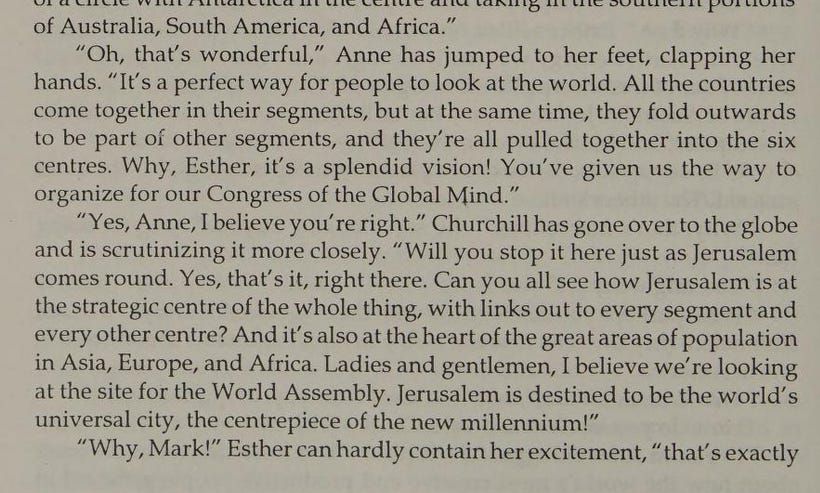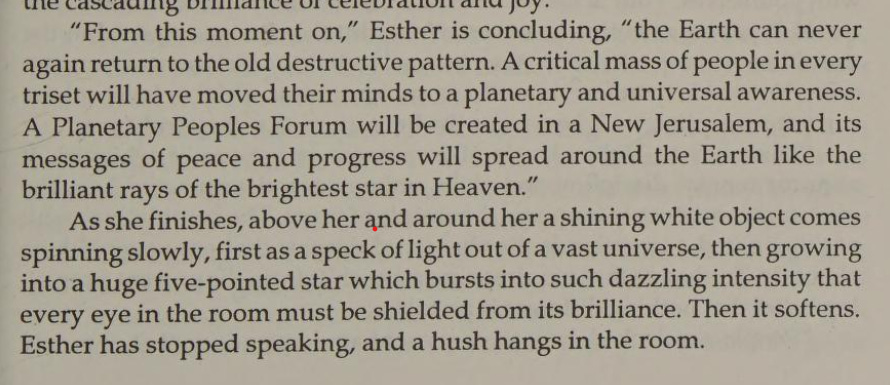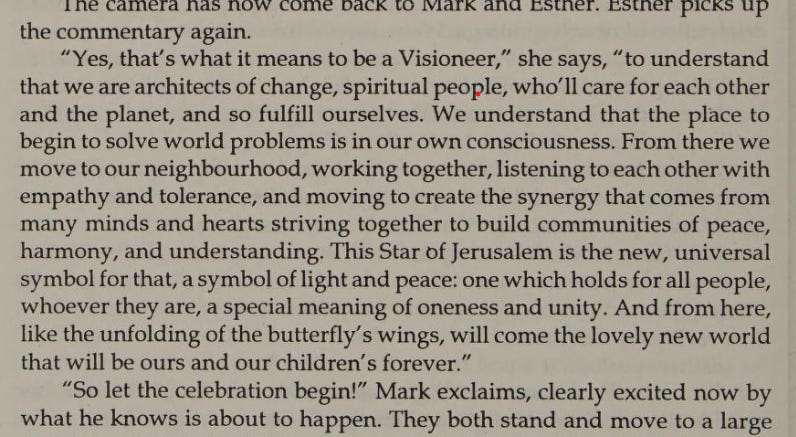The Planetized Generation
Global Citizenship Redux
By Carl Teichrib
Note: Last week I re-published a piece of research history, my original report from the Global Citizenship 2000 Youth Congress, held 1000 days before the Millennium year. For paid subscribers, I included PDF copies of the World Core Curriculum, a symbolic Global Citizenship 2000 Passport and other documents from the event, along with relevant materials from former UN official, Robert Muller.
This essay tracks with last week’s post in that it contains most of the text from chapter 2 in my book, Game of Gods, with some adaptations. Here, we explore GC2000 a little further — including a video production from the event itself — peering into the worldview of global citizenship thinking.
A global democracy of children... The first place to organize is in our schools. —Youth of the World.1
Global Citizenship Education should strive to be a holistic and transformative experience. — UNESCO.2
The supreme motivating concept of the future is synergy: men and women of all nations coming together under leaders of great vision, who see that the pursuit of a common ideal, one world, one Earth, one people, is the reason for all existence. — Desmond E. Berghofer.3
“If we’re going to shift the foundation of the way things are done on this planet, people have to shift the way they think,” wrote Desmond Berghofer, co-convener of the Global Citizenship 2000 Youth Congress, in his novel The Visioneers. “The battlefront is now at the level of the mind. The ultimate force is mindpower.”4
To shift the way we think, from archaic traditionalism to progressive futurism, was a primary goal of the Congress. With our minds remade and emotions stirred, our Saturday afternoon assignment was to use our collective mind-power and collaborate for action. Breaking into working groups, each cell brainstormed “Millennium Projects” via “hold fire and think” exercises: a game meant to expand on previously accepted outcomes, but with no room to critically analyze the fundamental nature of our quest. “Valid concerns” and “gut feelings” could be raised about specific ideas, overcome through group dialogue and consensus, but the dogma of Oneness and global unity was beyond question.
However, there was little concern that Congress participants would challenge the underlying assumptions. After all, the elixir of positive reinforcement – that we were enlightened members of a “transformed species,” poised to change the world – was too heady to resist. Educators and students alike saw themselves as ambassadors of Oneness. As our symbolic Global Citizenship 2000 passports read, “You are the Earth become conscious of herself.”
In reality, we were play-acting the script of Berghofer’s Visioneering novel. In its pages a diverse group of illuminated youth respond to the Earth-destroying chaos of separation, leading the way to a planetary synthesis through their interconnected visioneering and energy. According to the story, these young people would be lead by four enlightened figures: Winston Churchill, Charles Dickens, John F. Kennedy, and Anne of Green Gables — mentors who guide the visioneers in a quest to re-mold the minds of world leaders, awaken the masses, and bring peace-on-Earth.
As the Visioneers plow ahead, we see a shift towards an esoteric-humanistic “Heaven on Earth” — a new consciousness, a new economy in service to the Earth, a new interfaith perspective that overcomes fundamentalism, and new systems of planetary governance. And the world becomes encircled and infused with a “Global Mind.” One development is the creation of world regions with centralizing cities, and a single location that would become a “universal city” — Jerusalem.
From beginning to end, the book preached.
Geraldine Schwartz, the other Congress co-convener, reminded us that “our minds, our consciousness has got to be equal to the task of the future…”








